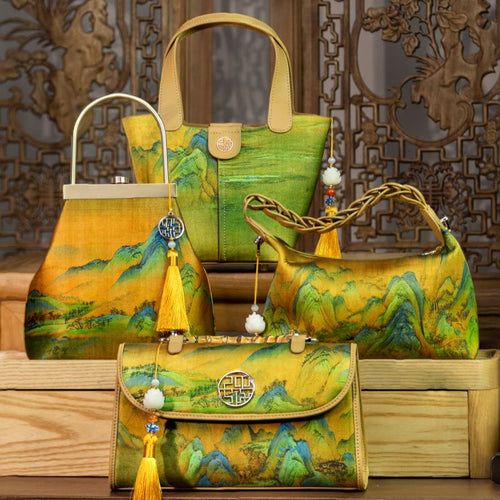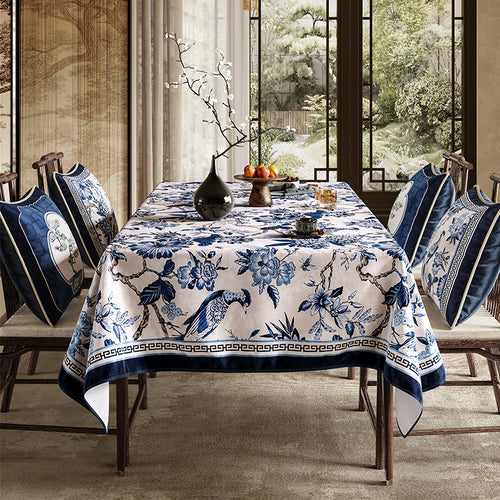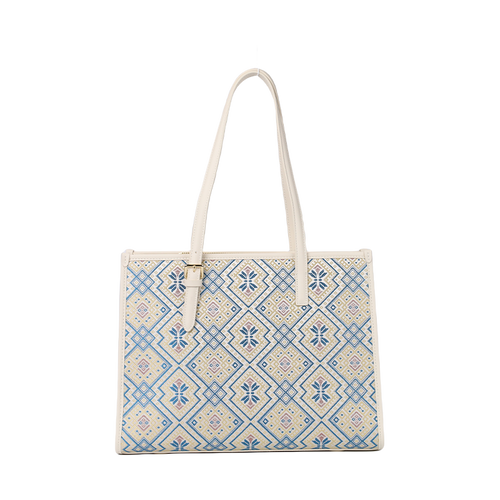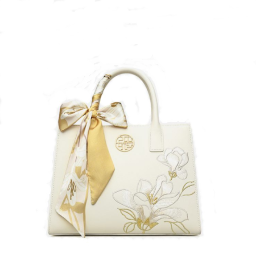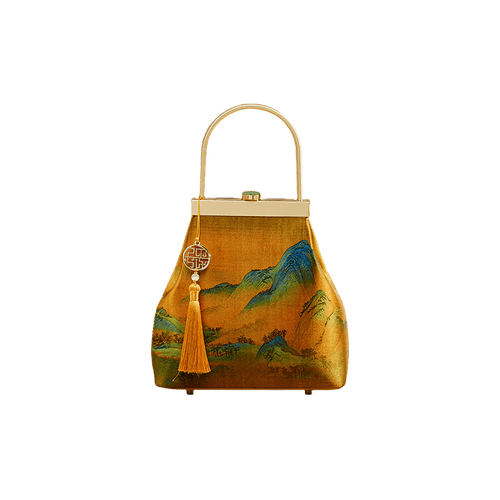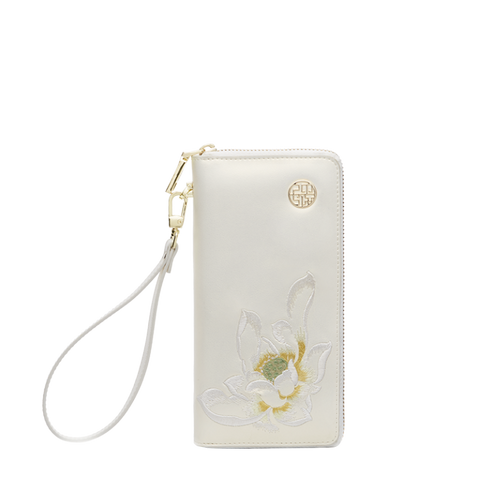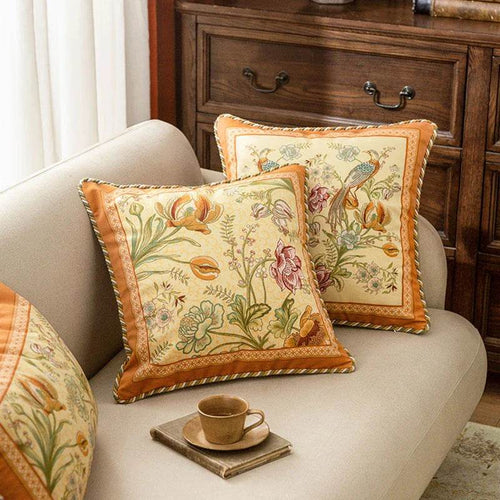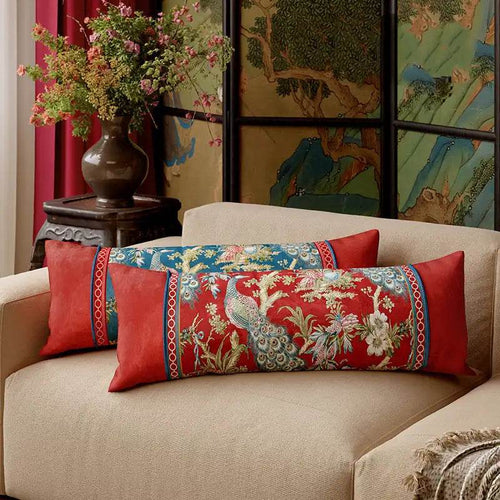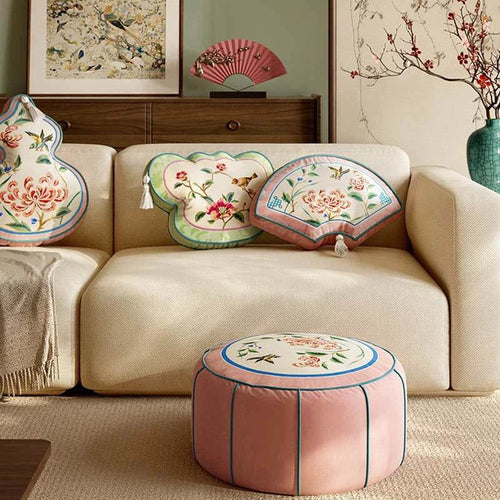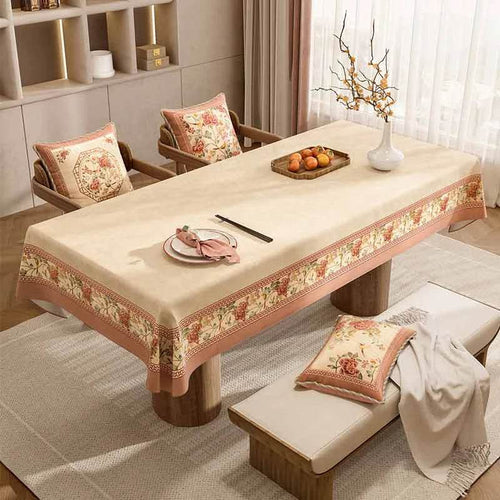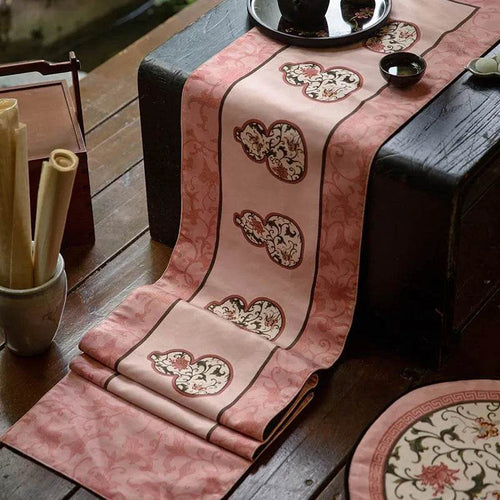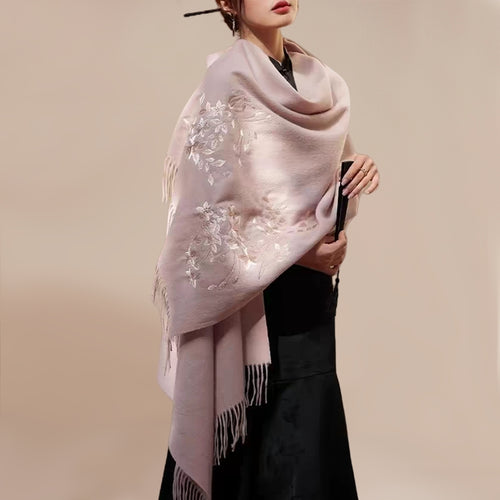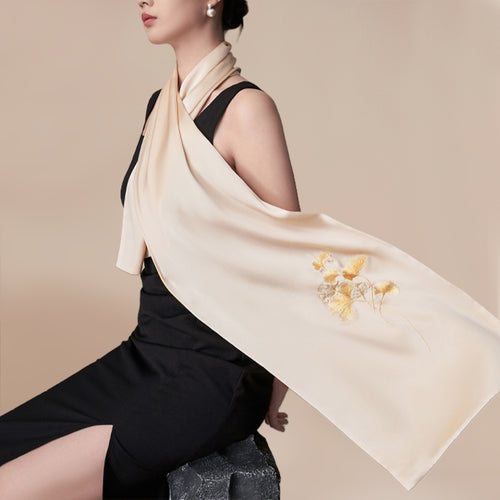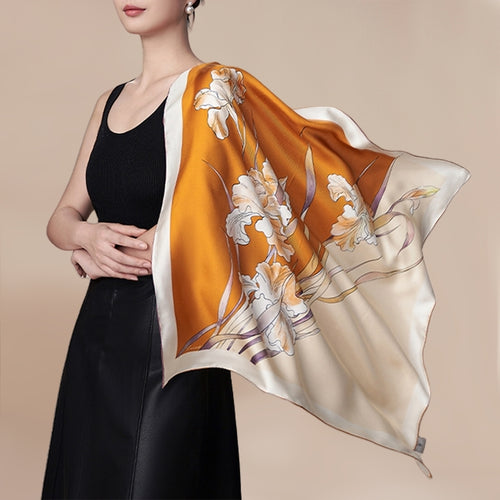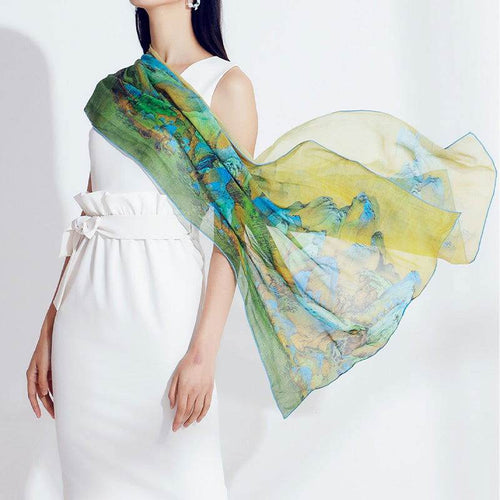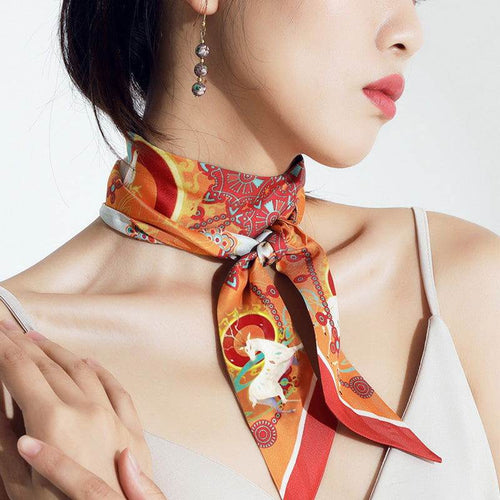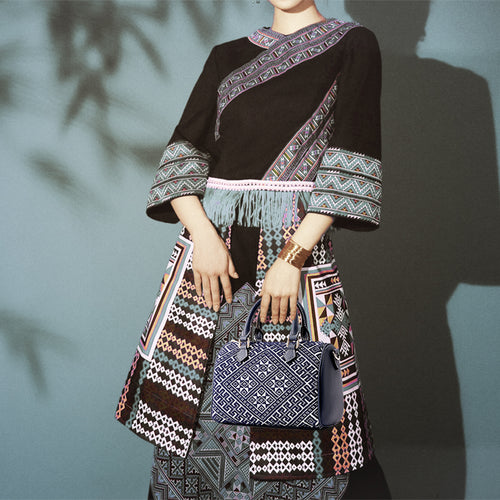July in Guangzhou is hot, but our studio Ju Yuan Xiang (part of the Sinocultural family) was even warmer when we hosted 20+ students from University of Padova (Italy)! They’re part of a Guangzhou University summer camp, and we were stoked to be their stop for exploring Lingnan(Guangdong Southside)’s most beloved heritage: Cantonese Embroidery (粤绣).

As they walked through our Ju Yuan Xiang doors, backpacks slung over shoulders and smiles on their faces, we knew this wasn’t just a tour – it was a chance to bridge two worlds with thread and silk.

Cantonese Embroidery Master Wang’s History Class
First up? A crash course in Cantonese Embroidery for the Padova students, led by our very own Master Wang Xinyuan, proudly wearing his signature Cantonese Embroidery cap. He started from the ground up, explaining how this art form began over 1,000 years ago during the Tang Dynasty, how it was already considered a local treasure – crafted as royal gifts for emperors’ birthdays and festivals – and why it’s still so relevant today.

“Cantonese Embroidery isn’t just about stitching threads,” he said, tapping his cap. “It’s about weaving stories into every single strand.” The students, headsets on for simultaneous translation, were all ears as he explained the deep cultural meaning behind symbols like tigers (strength) and peonies (prosperity and good fortune). One student leaned over to her friend and whispered, “I never knew embroidery could be this... meaningful.”

"It’s Alive!" – The Cantonese Embroidery Masterpieces
Then came the real wow moment: Master Wang led the students down a hallway lined with his most iconic works. The students crowded around, their eyes wide as they took in masterpieces like Roaring Tiger, Snake, and Ox of Good Fortune.

The room fell silent as everyone gazed at the tiger’s sharp, golden eyes. The intensity was so lifelike, it felt like the beast was watching them. It was clear – these weren’t just pictures, they were living works of art.Master Wang Xinyuan explained, “All stitched by hand. Cantonese Embroidery uses thousands of tiny threads to create depth and texture – that’s why it looks so real.”

And when they came to the Blooming Garden piece – a vibrant burst of peonies, lotus, and chrysanthemums stitched with gold and silver thread – the room was filled with awe. One student joked, “It’s like a rainbow made of silk!”Master Wang nodded with a smile. “Tradition isn’t about being boring. I mix old techniques with new ideas – see? The metallic thread here makes the eyes pop. It keeps the Cantonese Embroidery new alive for people.”

The students burst into applause, unable to contain their amazement. For a moment, no one was talking about "craft" or "history" – they were simply staring at the masterpieces, mouths open, in awe of how a needle and thread could create something so magical.
Behind the Stitches: The Fresh Twist on Cantonese Embroidery
After admiring the masterpieces, Master Wang took the students through his process, starting with just a piece of silk and a needle.For the white tiger, he used silver-white threads for the fur—smooth like moonlight—and bold black stripes to make it stand out. A tiny touch of blue in the eyes? That was for fierceness, he explained, giving the tiger a regal, majestic look, as if it were ready to pounce.

He emphasized that mulberry silk was a must—soft, yet strong, making it perfect for the fine details like whiskers or scales. For texture, he used the "split stitch" for delicate lines (think whiskers) and the "long and short stitch" to layer those silver threads, giving the tiger's fur a 3D effect that almost looked touchable.

But it wasn't just about the art. Master Wang showed how Cantonese embroidery blends seamlessly into everyday life. He pointed to Manchu window-inspired decor—geometric patterns stitched onto wood, adding a touch of Lingnan style to any desk. There was also an embroidered leather bag, featuring a subtle peony design that fused traditional motifs with modern flair. And even small embroidered table accents turned everyday items into something special.

The students were hooked, eyes wide in amazement—suddenly, embroidery wasn’t just a “craft.” It was something they could wear, use, and love.
First Stitches, Big Smiles: Getting Hands-On with Cantonese Embroidery
The best part? Actually getting their hands on the embroidery. Master Wang set up a table with pre-drawn ancient bronze motifs—think intricate thunder patterns and those classic animal masks,and walked the students through the basics: how to hold a needle, how to thread it, how to keep their hands steady.

He gently guided one student’s hand, his voice calm: “Go slow—let the thread glide through the silk. It’s not about perfection; it’s about feeling the stitch.” One student’s first try was a bit wonky, with the thread looping awkwardly, and everyone burst out laughing. Another student’s motif began to take shape, the bronze pattern slowly emerging from the silk, and their grin said it all—pure pride.

They took photos, laughed, and crowded around the pieces, comparing stitches. For a moment, it wasn’t about “learning a craft”—it was about connecting with something ancient, something alive, and something they could carry with them long after the trip ended.

Conclusion: Cantonese Embroidery—A Culture Without Borders
As the students waved goodbye from their bus, we knew this day was something special. For them, it was a chance to experience a 1,000-year-old art form up close. For us, it was a reminder of why we do what we do at Sinocultural: cultural heritage is meant to be shared.

Cantonese Embroidery isn’t just a craft – it’s a language. And on that sunny July day, it spoke to over 20 Italian students in a way words never could.
Big thanks to the crew from Padova University for stopping by – we can’t wait to see where their embroidery journeys take them!
P.S. Want to try Cantonese Embroidery yourself? Check out our beginner kits in the Sinocultural Shop – we ship worldwide.


